Our discovery tour through the walled villages of Arcevia continues! After Nidastore, Caudino, Castiglioni and Avacelli, it’s time for the picturesque Palazzo. Do you remember how we previously said that the walled villages were nowadays very different among each other, but very often situated on top of a hill? Well, Palazzo makes no difference. And it has also another typical characteristic of Arcevia’s walled villages: it’s almost abandoned!
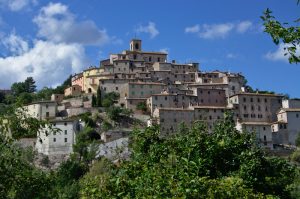
The spectacular location speaks for itself: you are almost obliged to take a look; it is always a wonder how people managed to build such imposing villages with their simple tools.
Isabelle and Erik visited Palazzo for us.

The village is at 516 above sea level, and it is only pedestrian area. You can park outside one of the two city gates and you can feel like the inhabitants of the village, they as well can only reach the threshold!
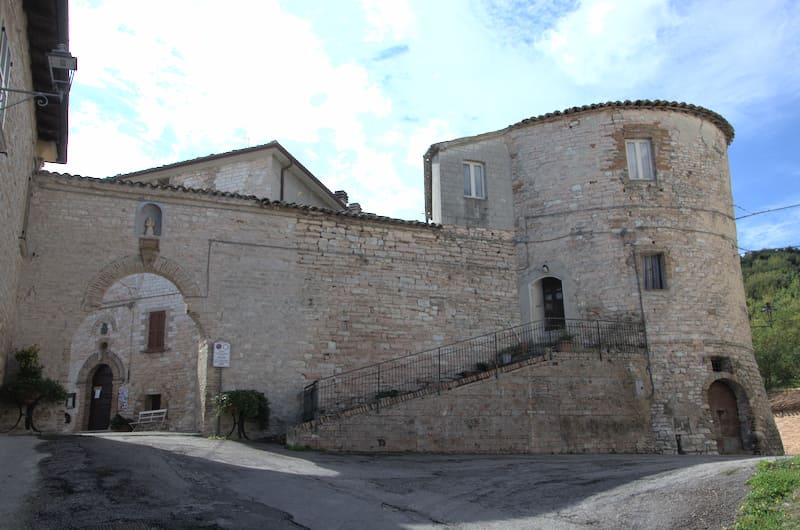
From then on everything is on foot, up the stairs, down the stairs, out and in of alleys.
Not a living soul to be seen, except for a few cats, an unbelievably blissful silence.
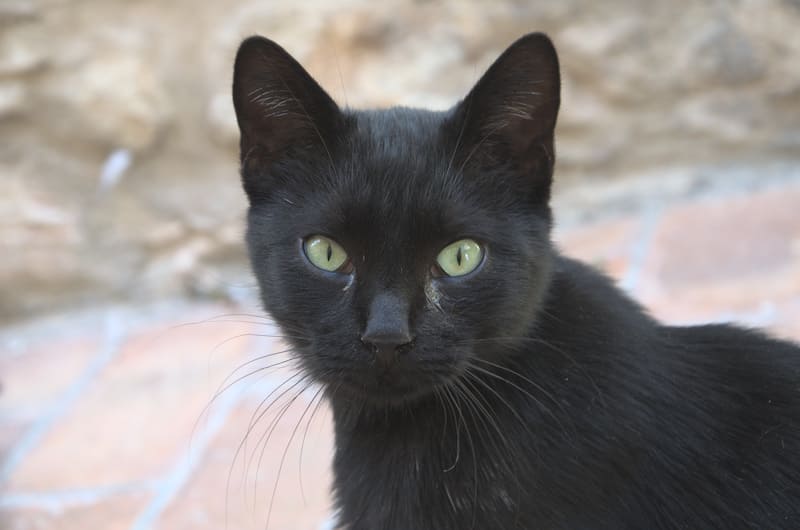
Most of the houses appear to have been completely renovated, here and there some abandoned houses. Some are lucky and have a small garden with a breathtaking view, even those without a garden can still enjoy a beautiful panorama from their window.
The small piazza seems to be a little bit more lively, there is a baking house and water tap, where the bread was baked. The large house has a terracotta plate with il fornaio engraved on it, meaning that the baker once lived here. Downstairs, behind the bake-house, there used to be the public washing place. This can be considered the old social media physical place!
At the second city gate, Isabelle and Erik finally meet two people, a man and a woman who still live here. The man pointed to a building where a treasure was discovered a few years ago. During the restoration, the contractor found a chest of coins. In the past, the rich clergy lived there. The discoverer of the treasure ended up in Switzerland with the coins … and I am not sure we can trace him back. What a story! Here they say anche se non è vero è propio una bella trovata. (Even if it is not true, it is nicely made up.)
Going back to the first gate, there is a circolo, usually the association in a village where you can play cards, chat and have a drink. The piazza here was named after the minatori or miners who worked in the Cabernardi sulfur mine or in the Belgian mines. A memorial plaque is a reminder.
Palazzo was built later than other villages, during the second half of the 14th century by order of the Rocca Contrada (the former Arcevia). The two fortified mansions Sassellero e Sterleto were abandoned at one point and a settlement was urgently needed in that area.
Of note are the late Baroque parish church of Saints Settimius and Stephan from the 18th century, with a beautiful marble altar and the oratory of Saint Venanzio from the 18th century with frescoes. Both closed when Isabelle and Erik visited, but in summer it is possible to book guided tours with the town of Arcevia.
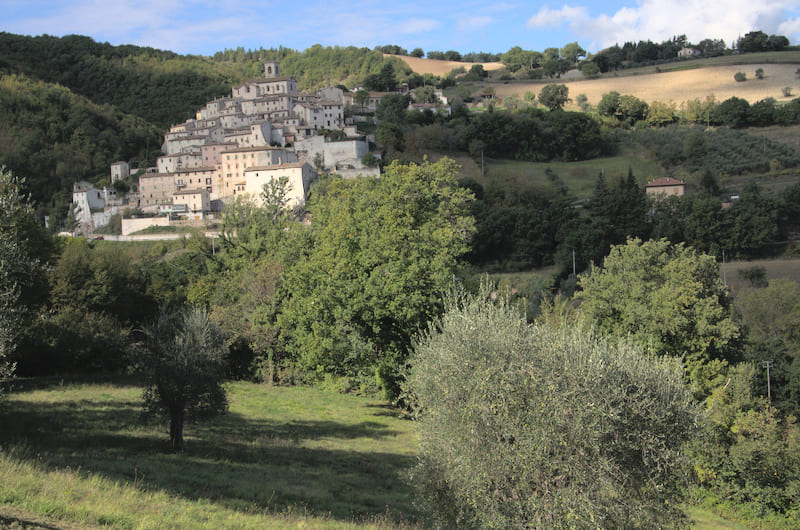

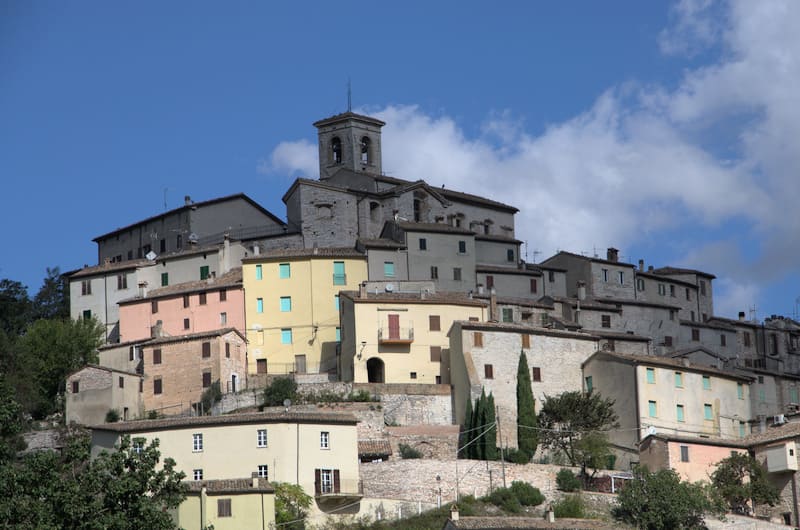
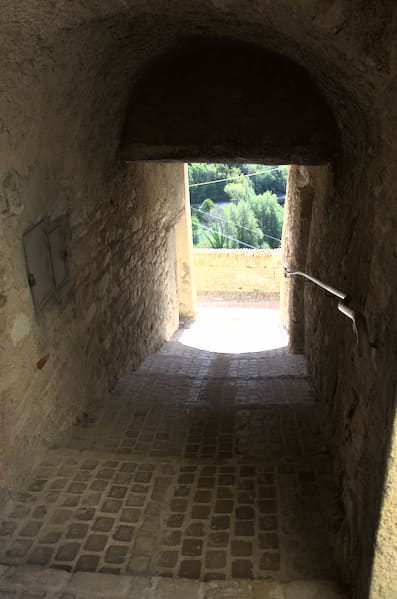
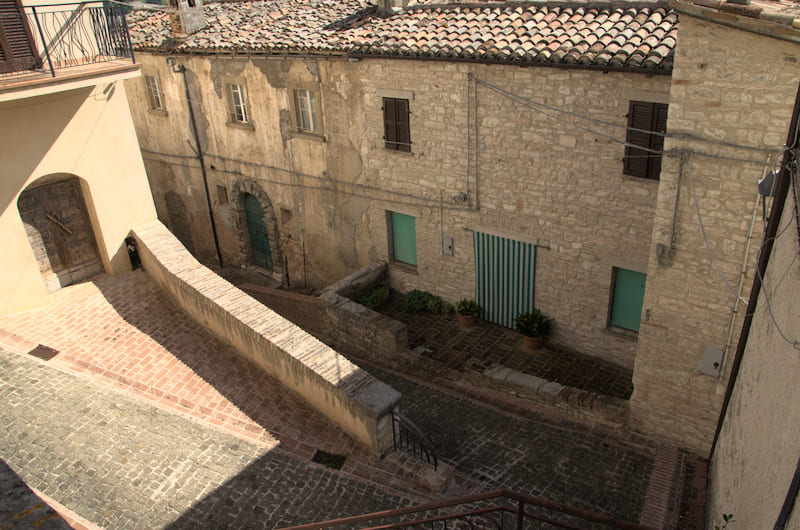
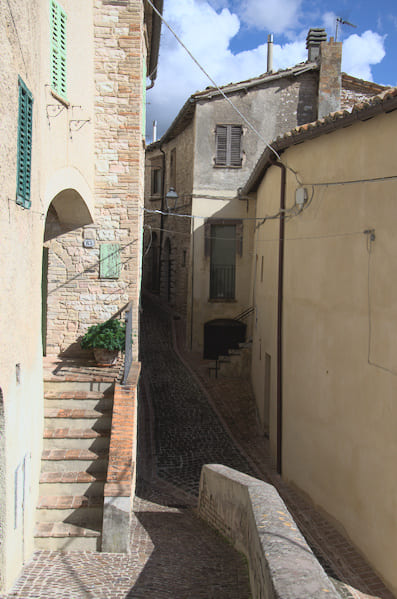
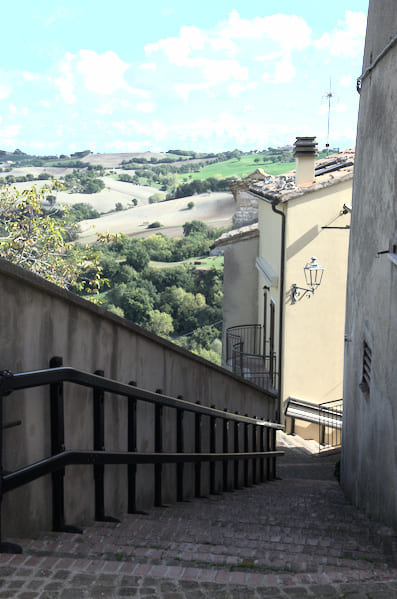
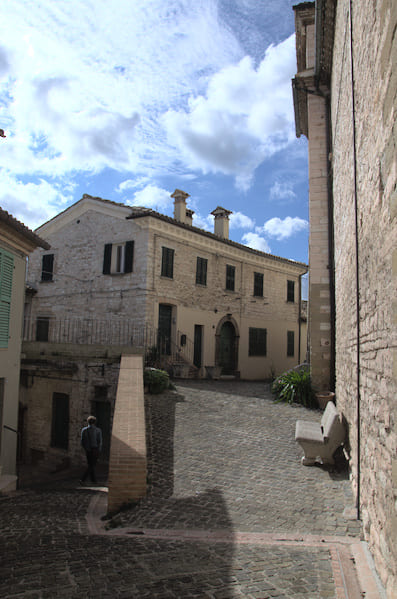
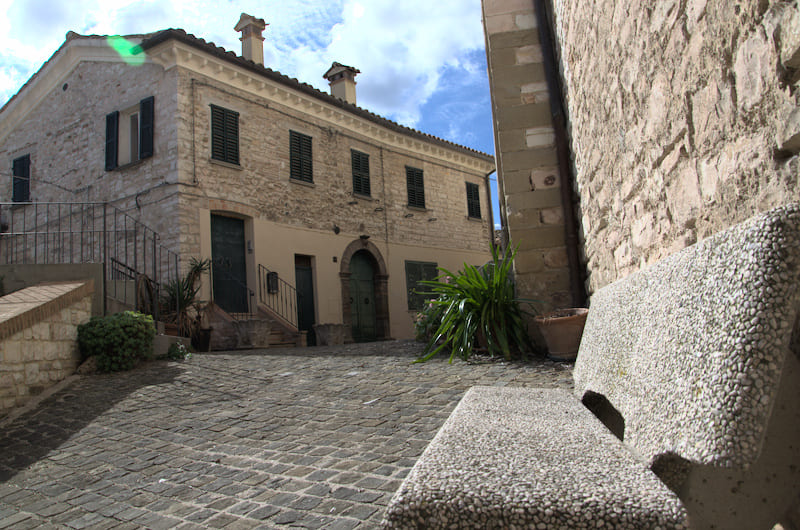
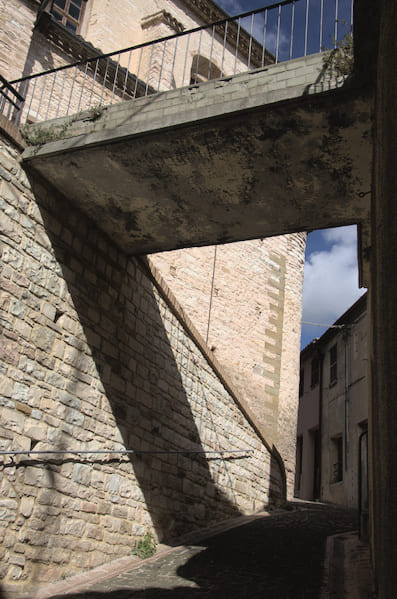

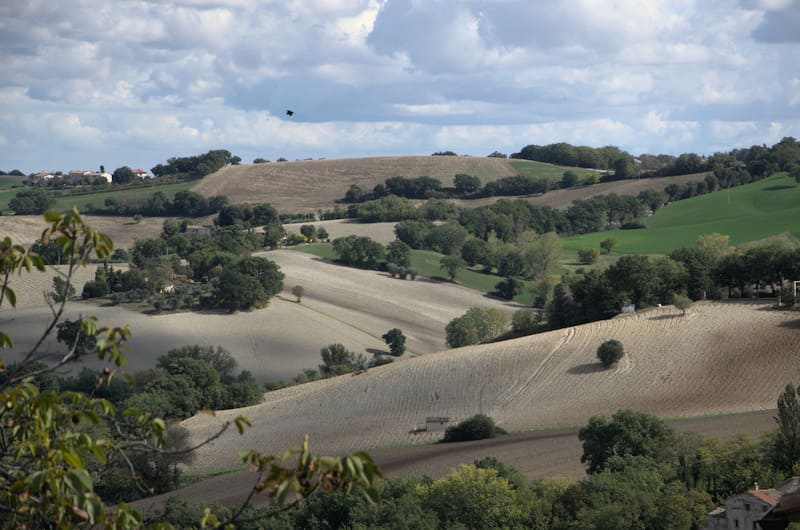
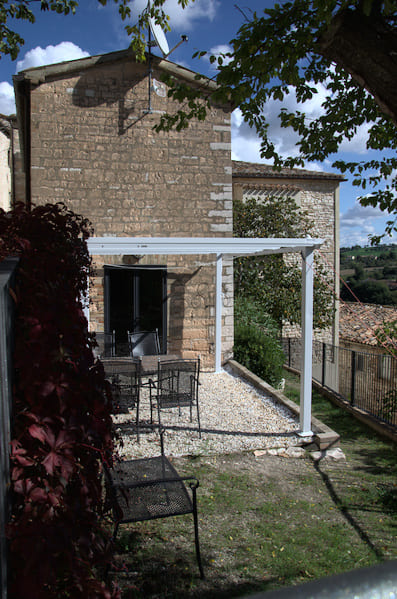
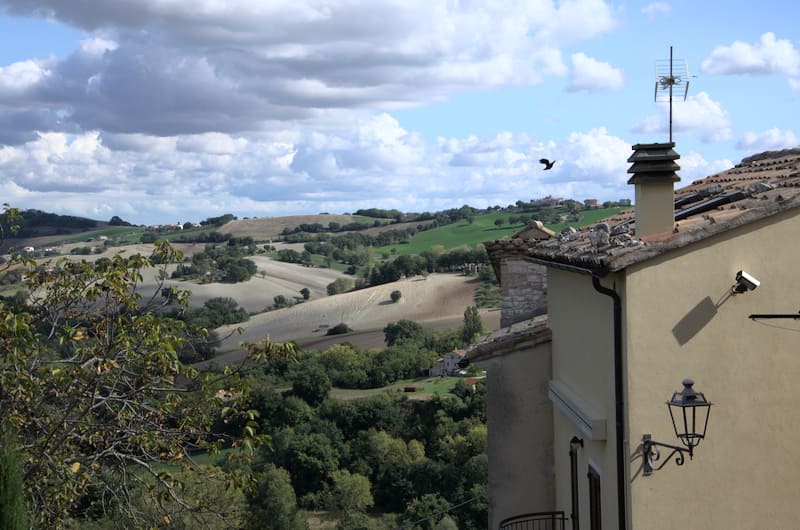
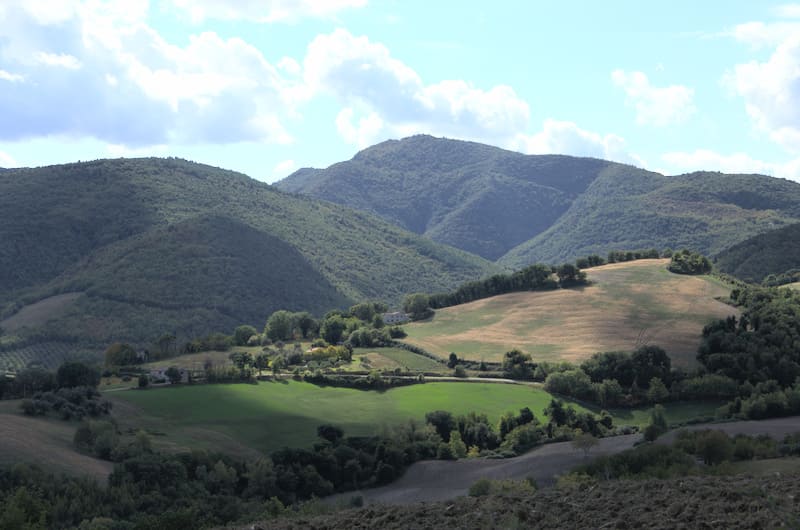
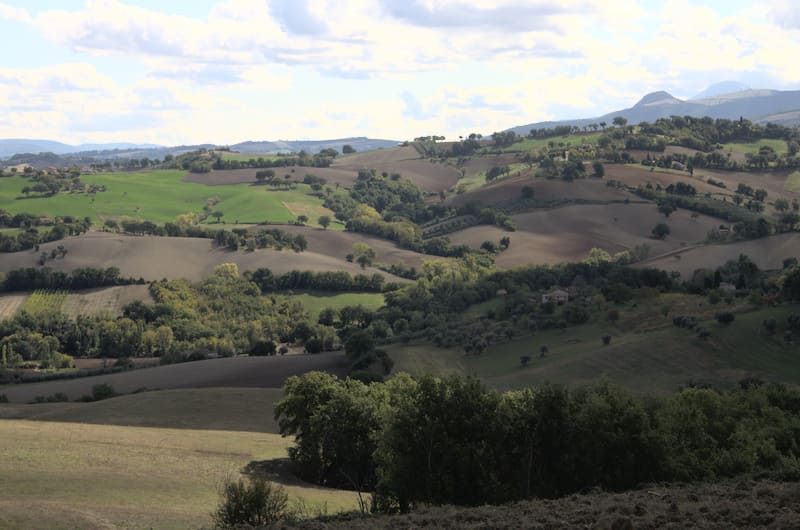

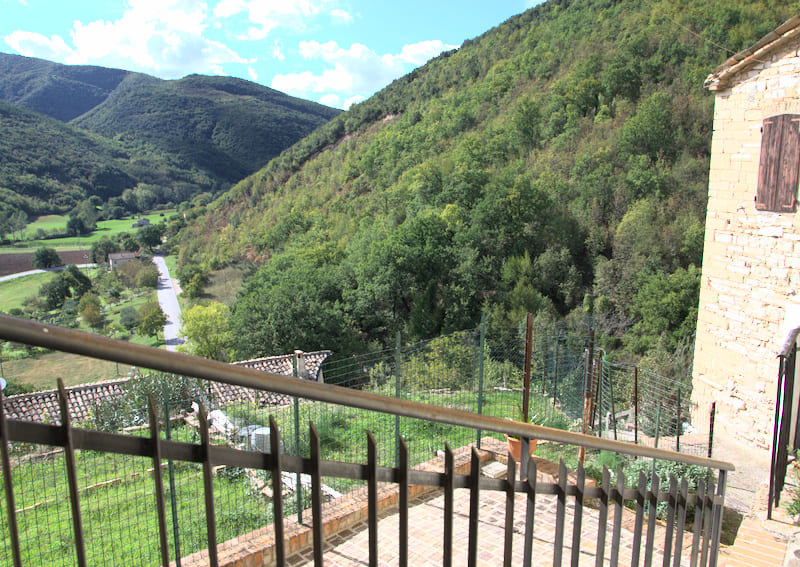
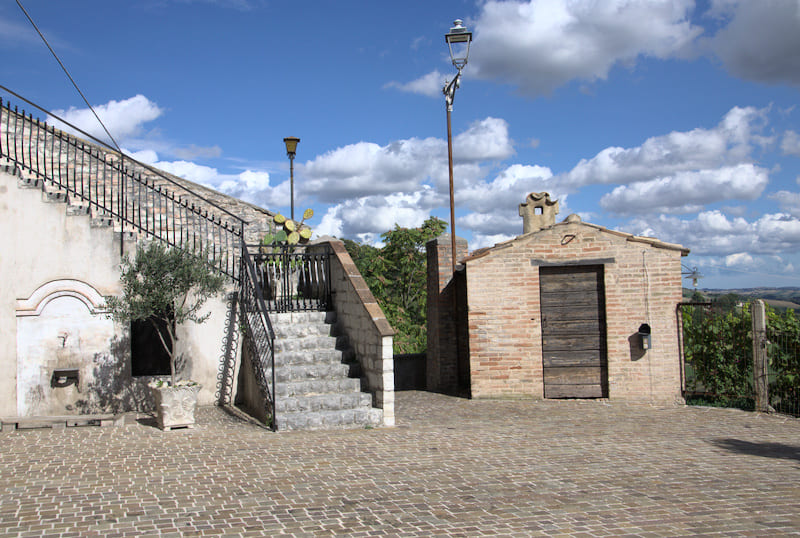
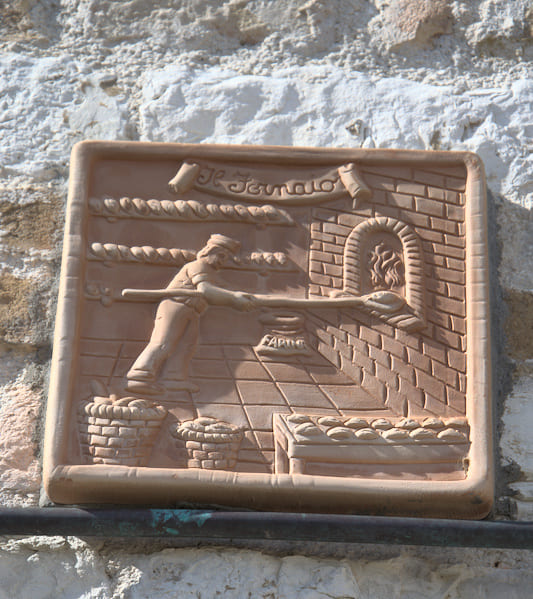
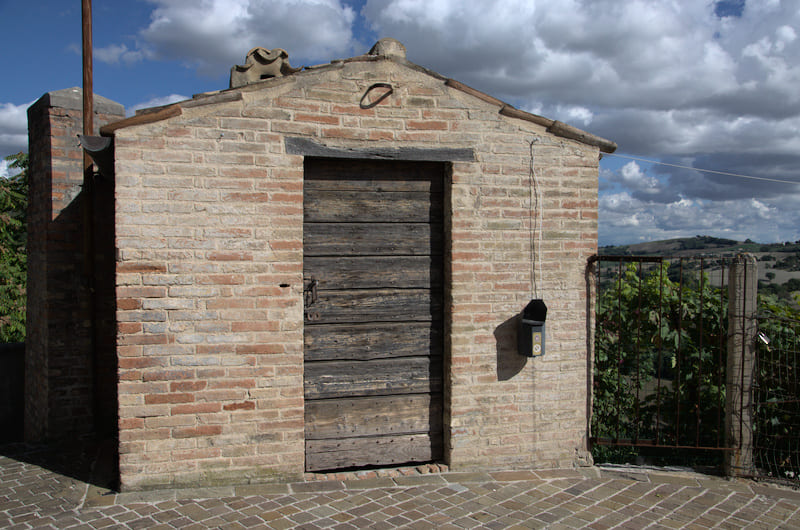
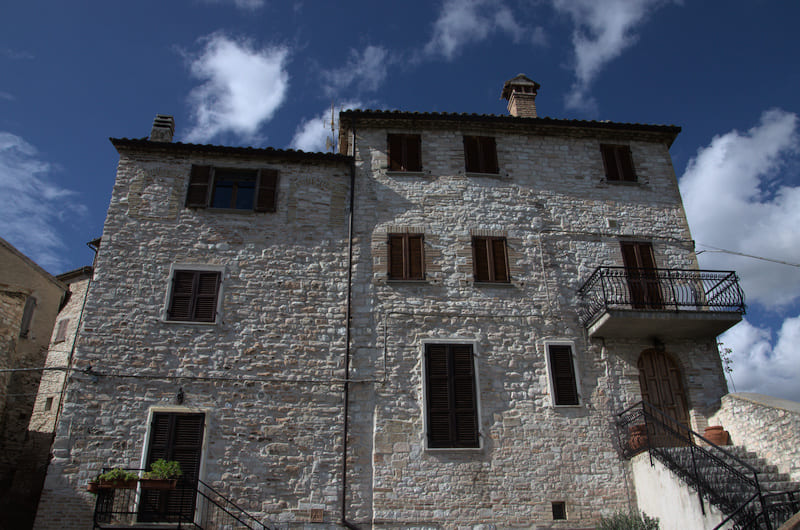

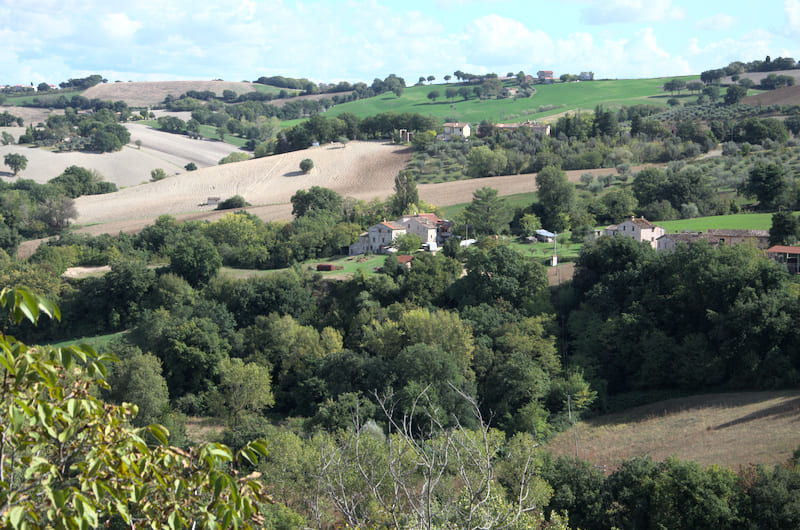
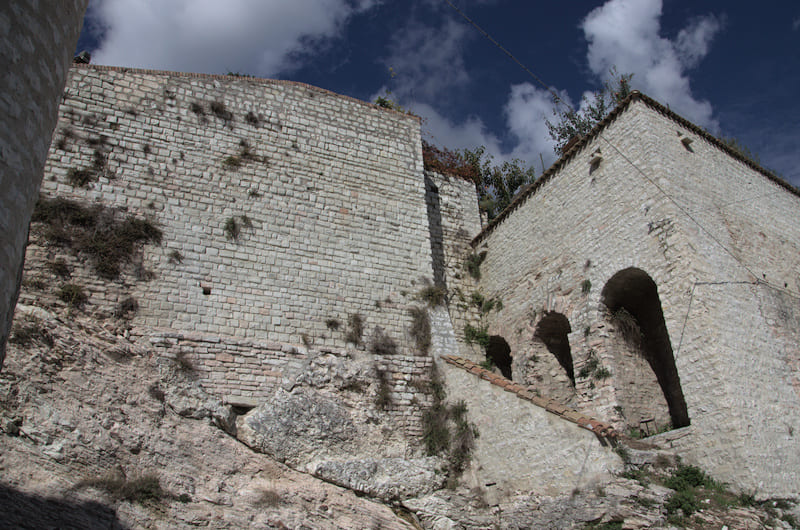
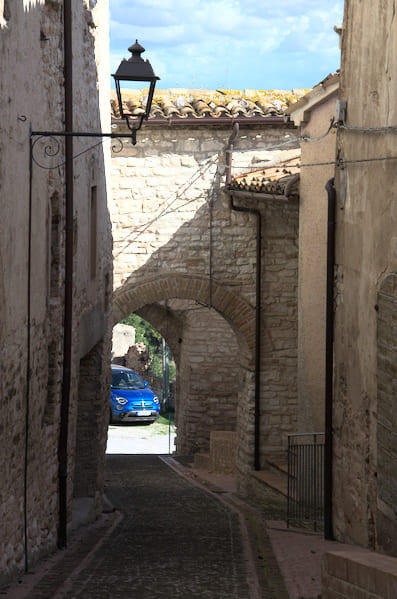
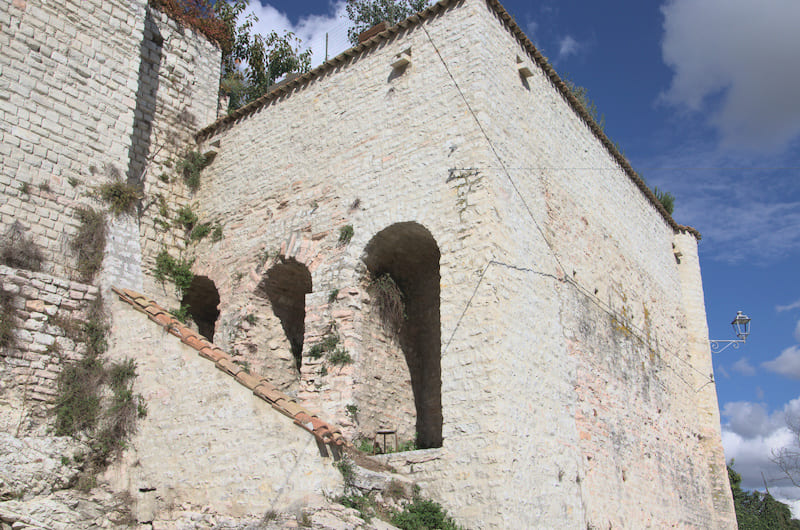
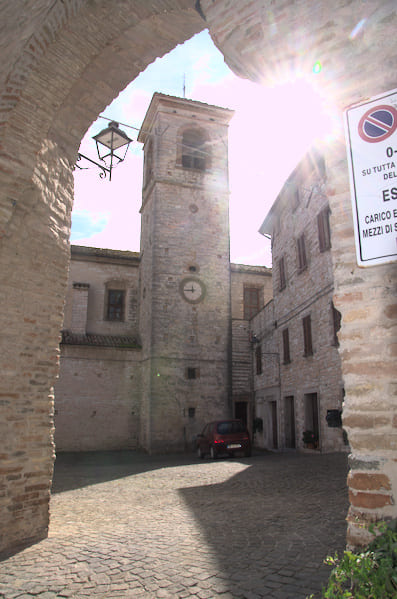
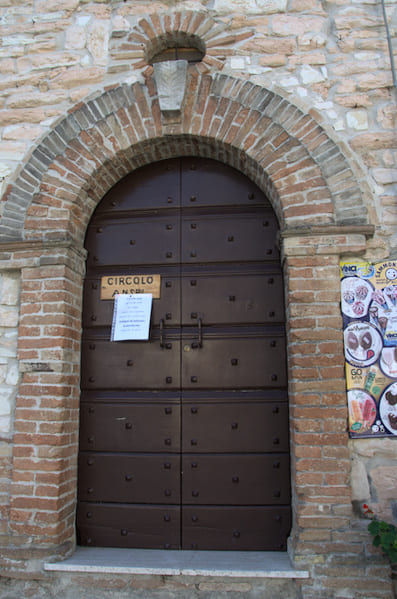

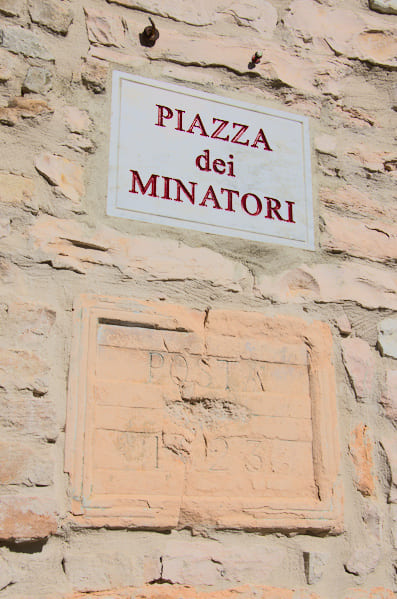
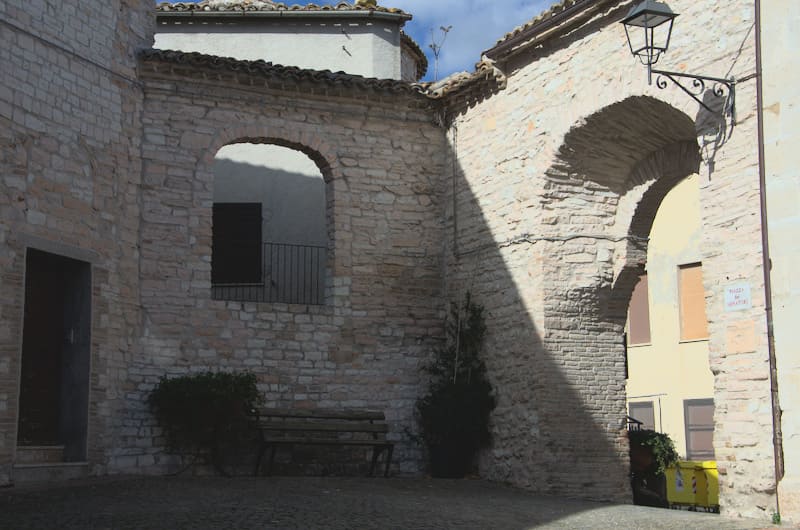
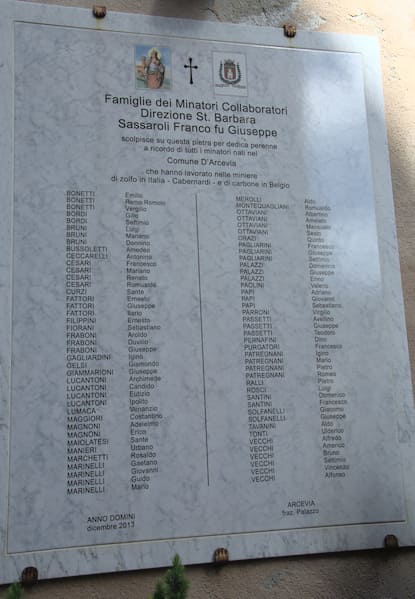
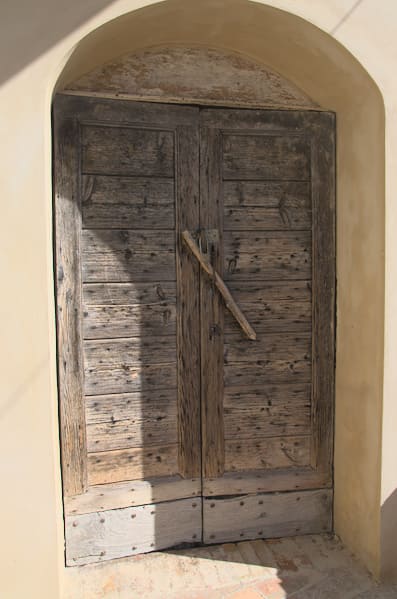

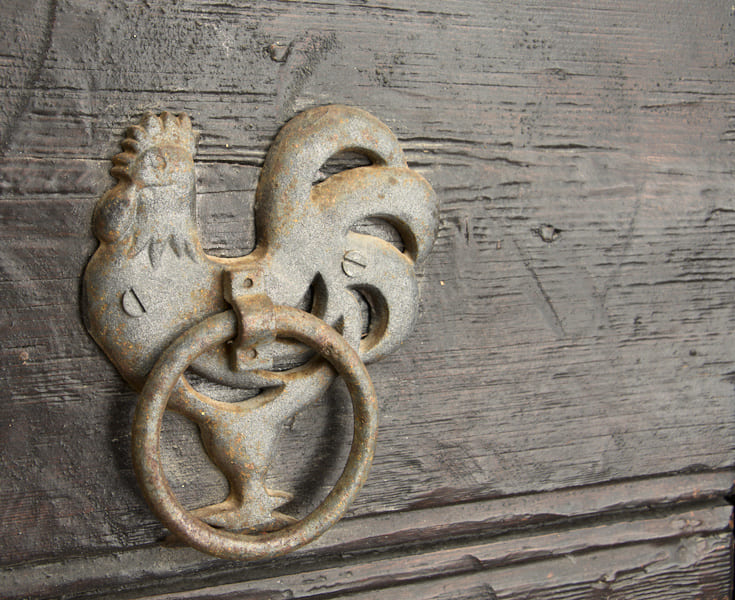
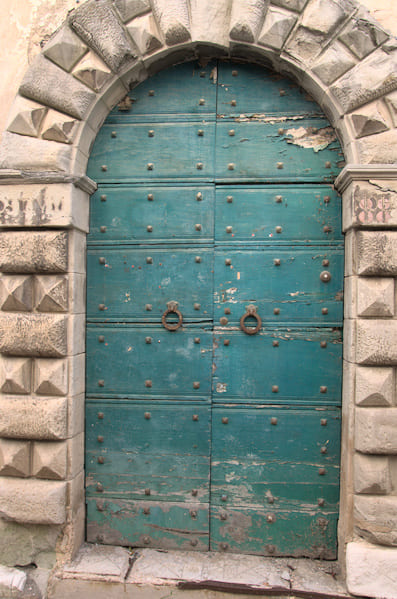

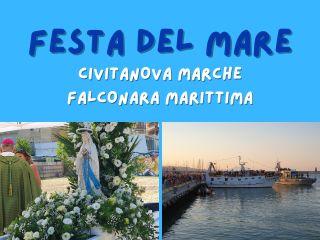
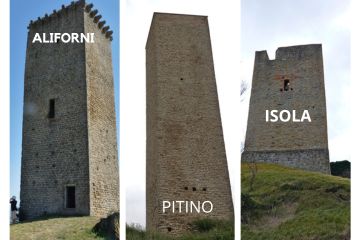
0 Comments